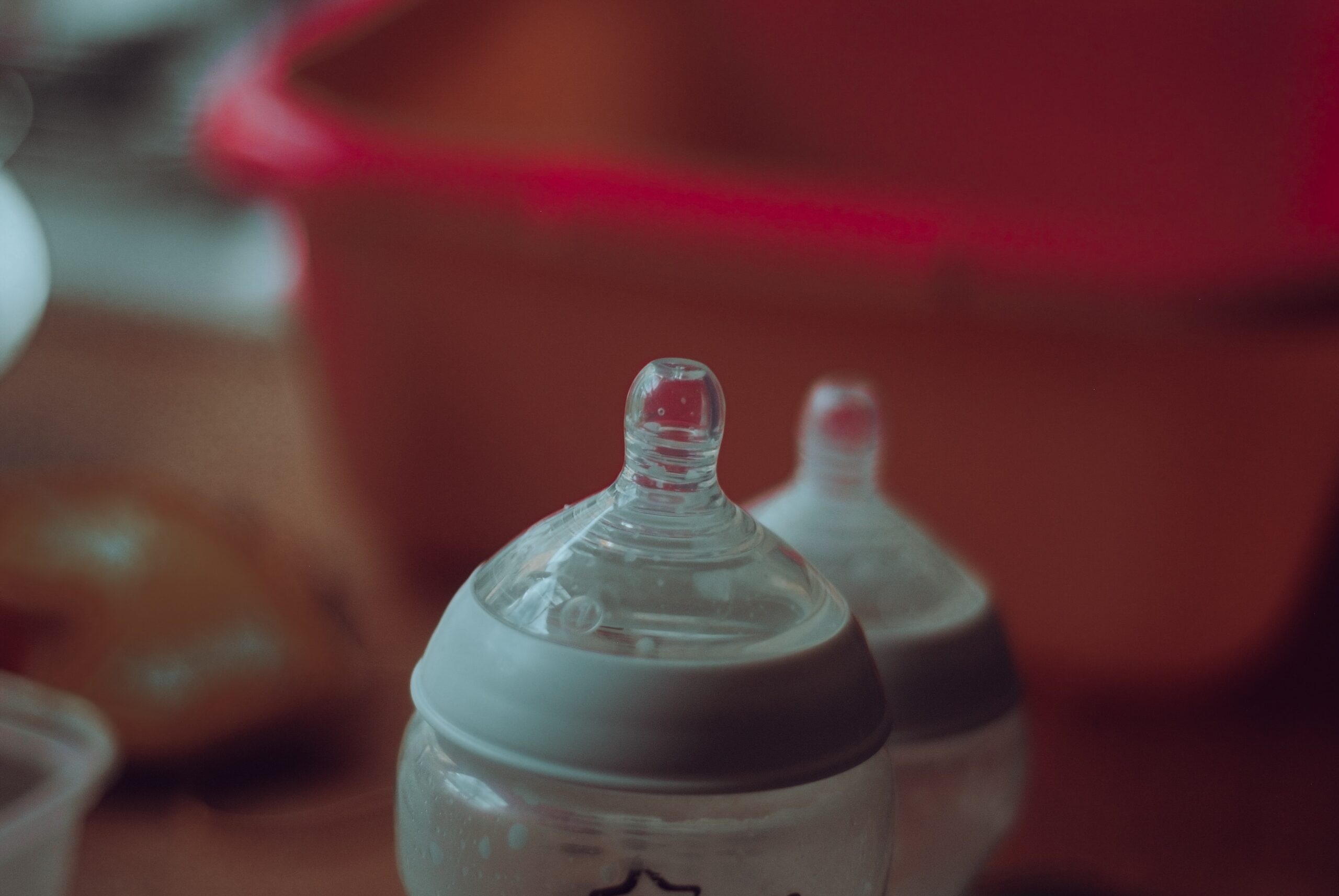
A new study found microplastics from plastic packaging and bottles contaminate baby formula, which may lead to adverse health effects. Image credit: Jaye Haych via Unsplash.
"There are strict cleaning and sterilization standards during milk powder processing," he said. "However, microplastic contamination has yet to be considered."
Zhang recommended reducing the use of polyethylene and aluminum foil to contain baby formula powder. Agencies or organizations that make standards for cleanliness or sterilization of products should also consider including microplastic contamination in their specifications, he said.

Boxed baby formula has more microplastic contamination than canned formula due to the inner packaging made of polyethylene plastic and aluminum. Image credit: Ajay Suresh via Wikimedia Commons.
At the same time, the level of microplastic is often much higher if babies drink from plastic bottles, Zhang said. The levels of microplastics that leaches from polyethylene bottles while babies feed is 6.7 times higher than what they are exposed to from the baby formula powder itself. And the process of mixing formula powder might produce microplastics 1.7 times higher than formula powder itself. Zhang said the extra plastic during the latter process might come from the preparer's clothes or from the air itself.
"In other words, if caregivers choose glass feeding bottles and brew milk powder carefully to avoid microplastics from clothing and air, most of the microplastic exposure can be reduced," Zhang said.






